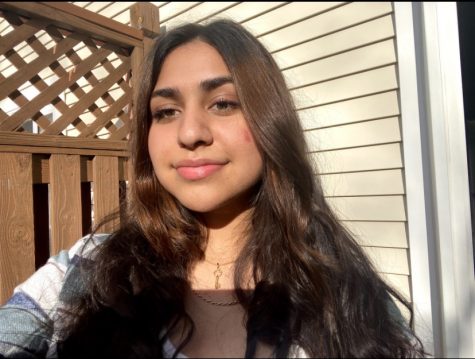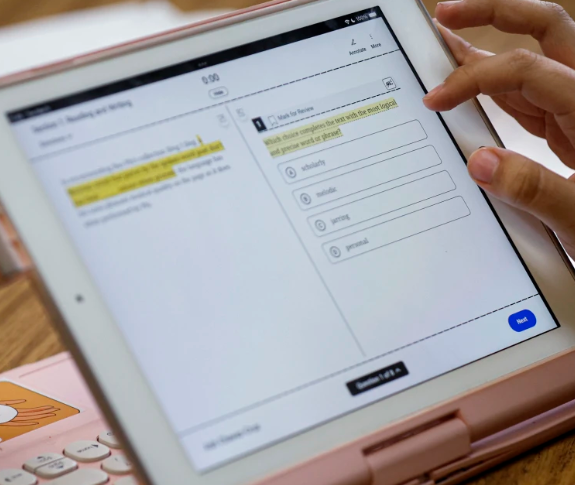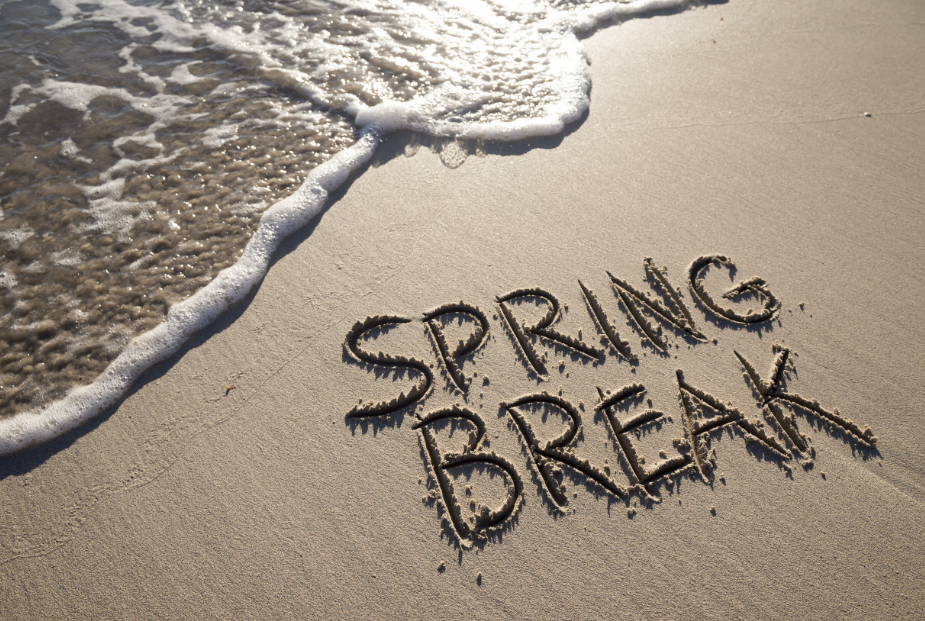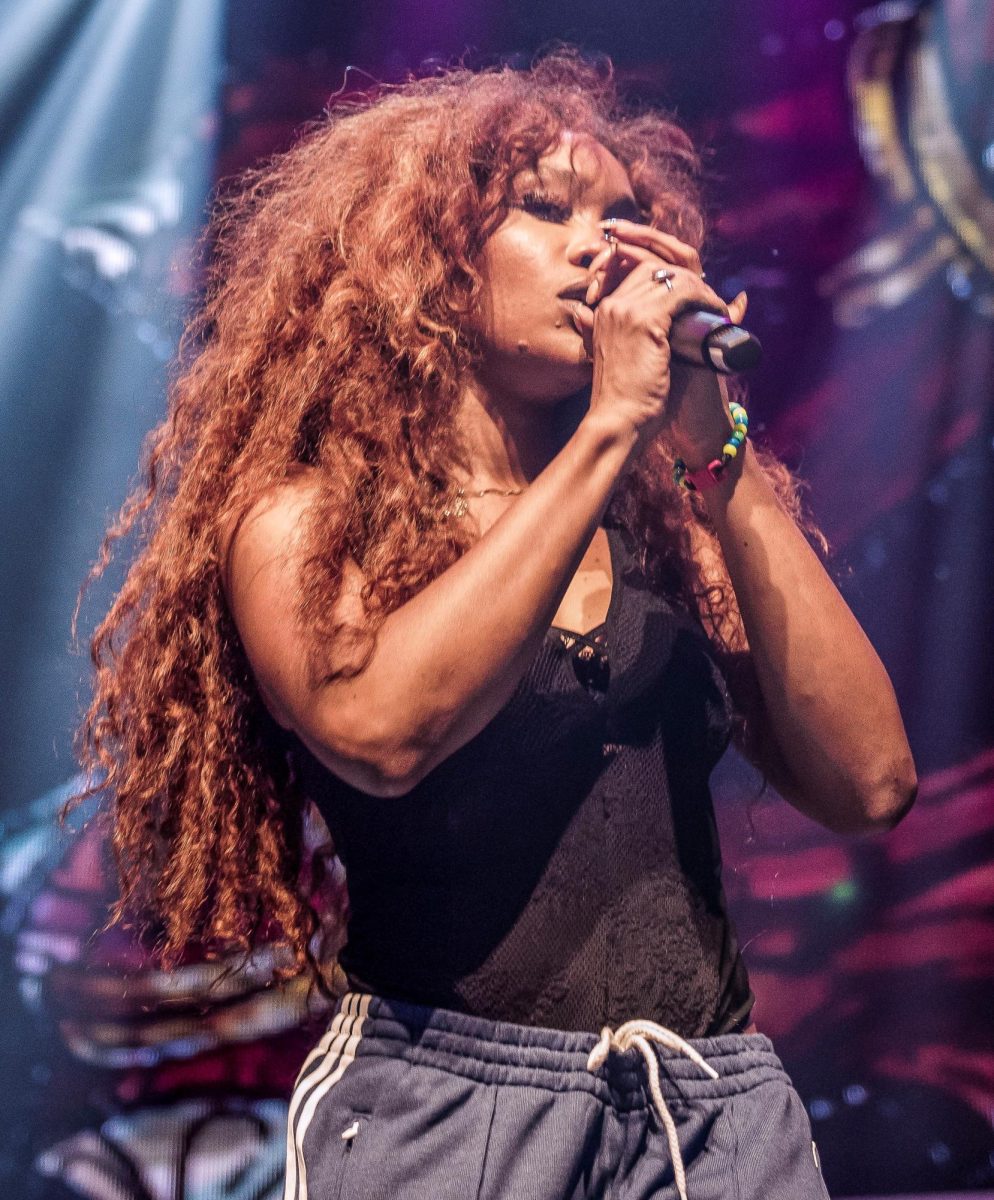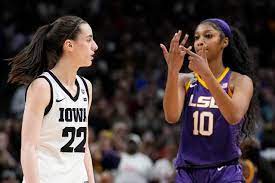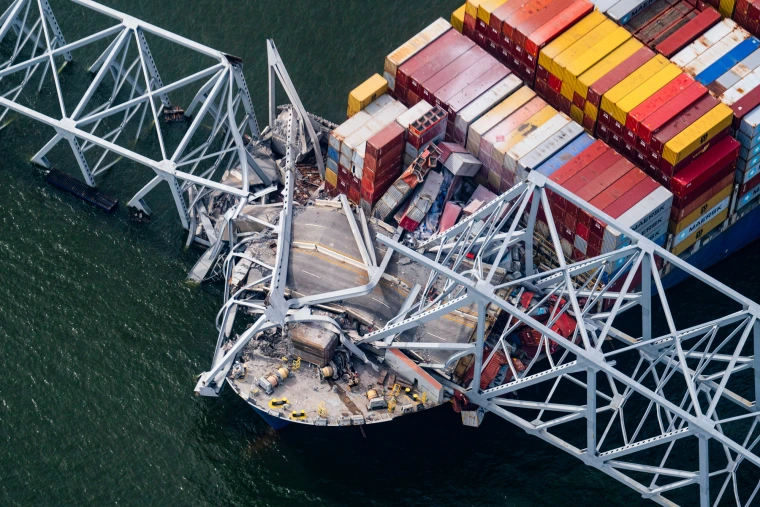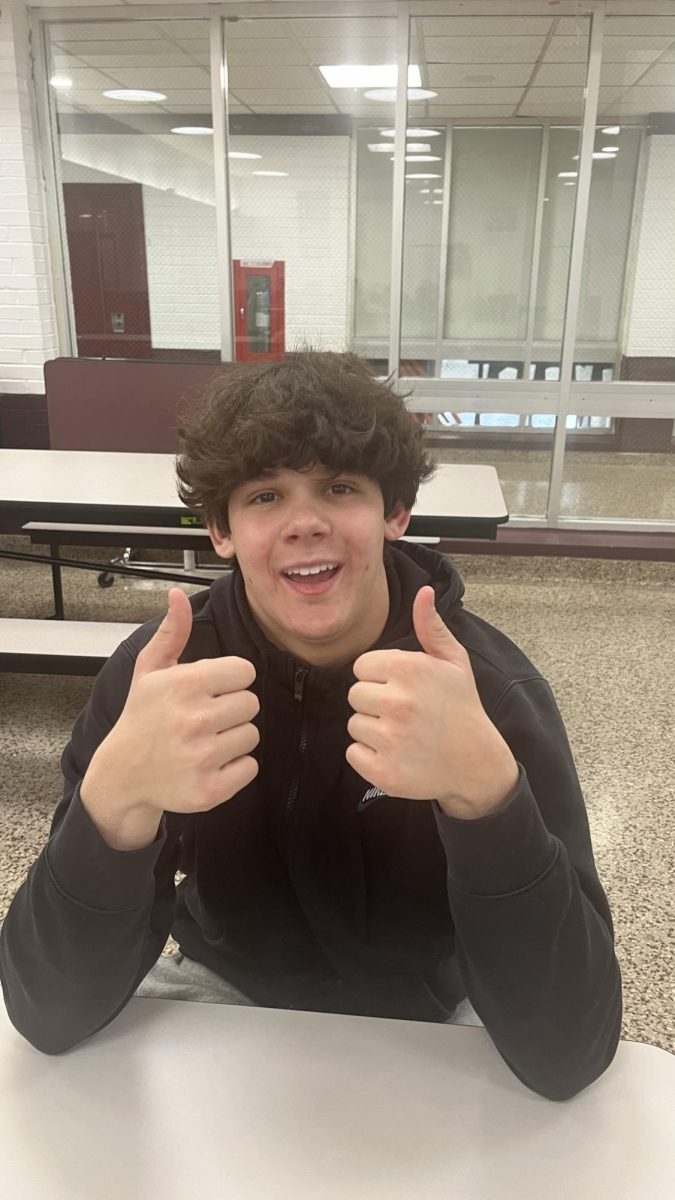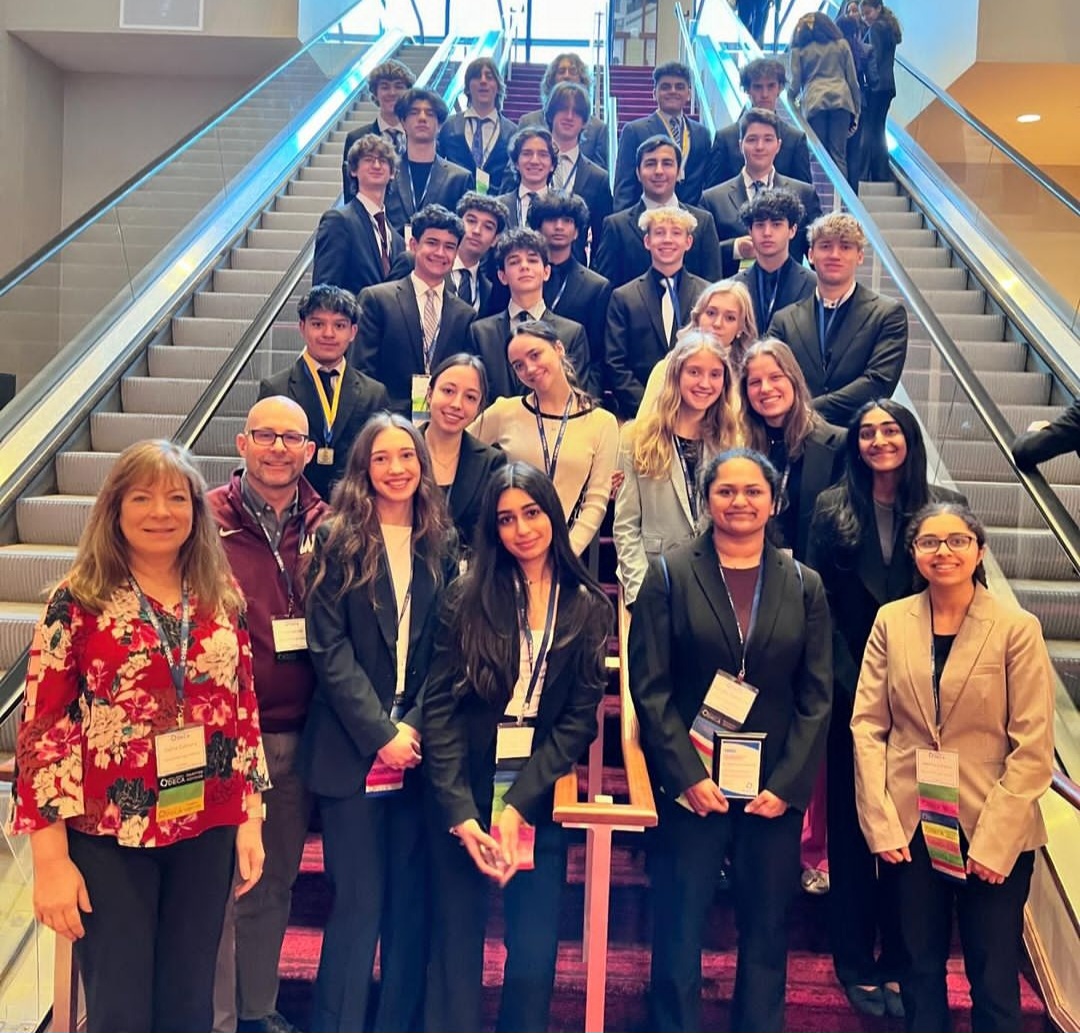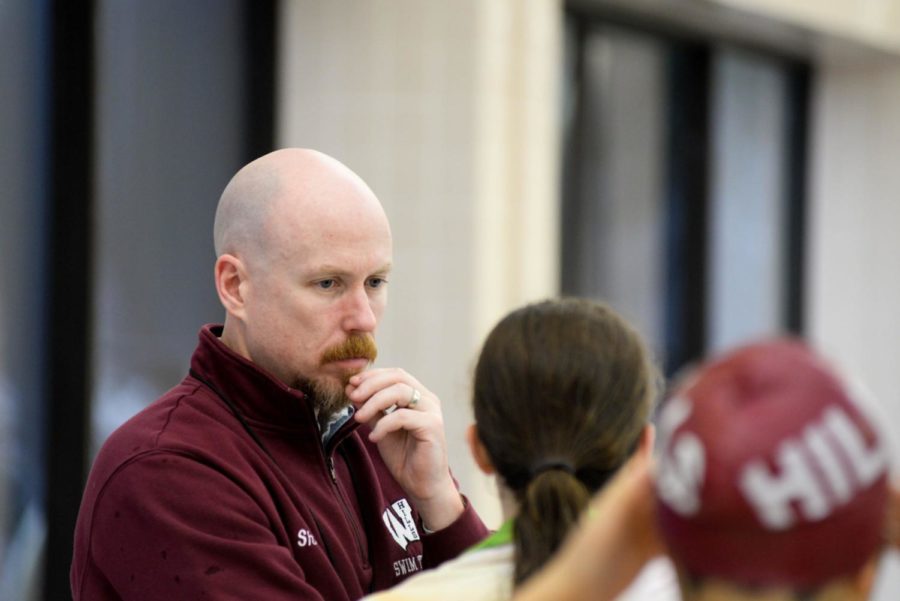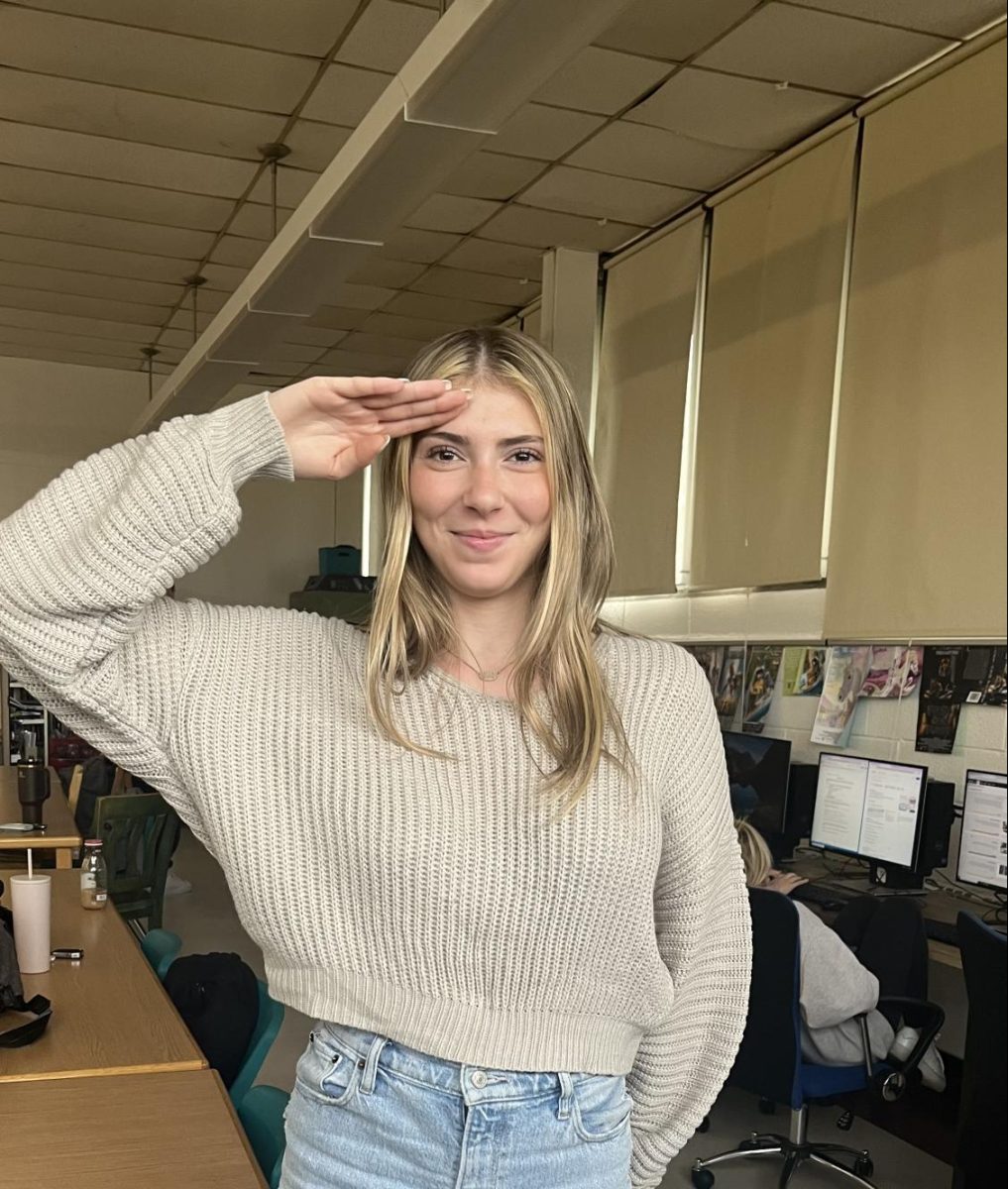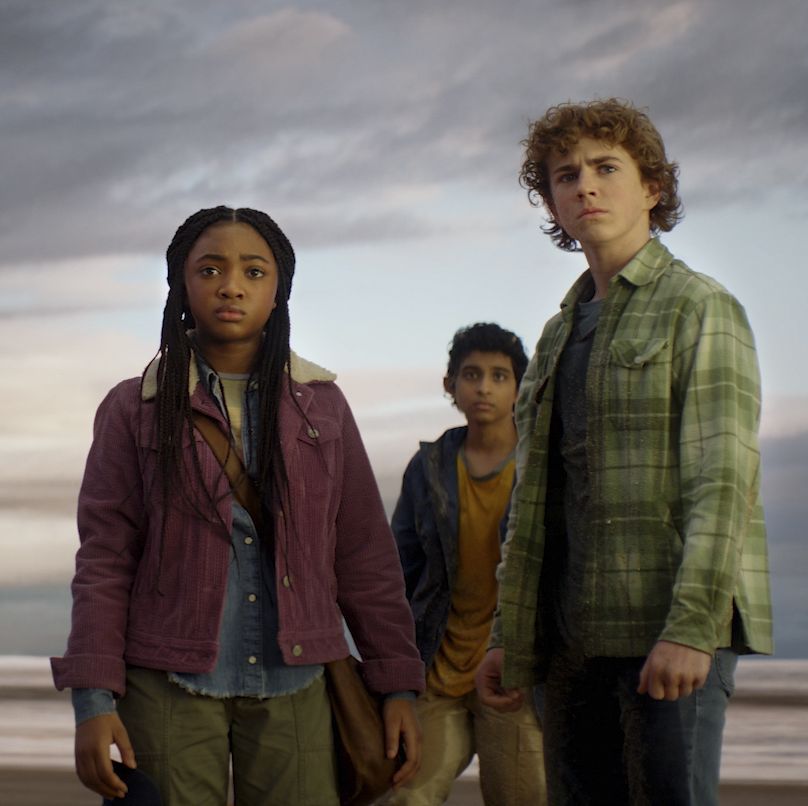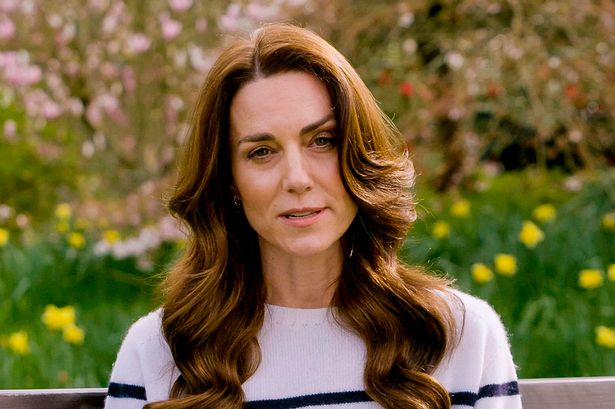Sophomore Attends Classes Virtually from India
June 13, 2021
Eat. Sleep. Wake up. School. Repeat. After over a year of being stuck 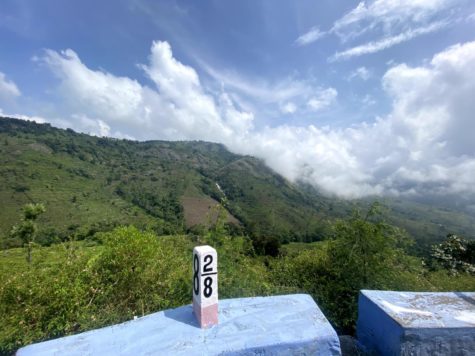 at home and doing the same routine every day, I decided to go to India. So in the beginning of March, I packed my bags and headed to the airport. The first thing that I noticed that was different at the airport was the documentation. Usually, you needed your passport and ticket but now there were Covid tests, vaccine certificates, health screening forms, and so many other Covid related papers that needed to be filled out. At every door, there was an officer waiting ready to check my temperature. The whole process of traveling took much more time.
at home and doing the same routine every day, I decided to go to India. So in the beginning of March, I packed my bags and headed to the airport. The first thing that I noticed that was different at the airport was the documentation. Usually, you needed your passport and ticket but now there were Covid tests, vaccine certificates, health screening forms, and so many other Covid related papers that needed to be filled out. At every door, there was an officer waiting ready to check my temperature. The whole process of traveling took much more time.
The flight to India is a long and tiring one as it is 16 hours. All passengers are required to wear a mask that covers their nose at all times except when eating. About two hours in, the intercom came on and the pilot announced, “we are going to be making an emergency landing if one of the male passengers on this flight continues refusing to wear his mask.” After the passengers got more and more frustrated, the man finally cooperated. and we were good to go. Flying 16 hours straight while wearing a mask was not easy, but staying safe is more important.
I landed in India and quickly saw the differences between Covid in India and Covid in the U.S. First and foremost, even though I’ve lived in India for six years, the amount of people never ceases to amaze me. Seeing the number of people in the streets made me realize how social distancing was impossible. Many are homeless and have no choice but to live close to one another. I thankfully stayed on a mountain where there were no cases of Covid at the time; I was able to stay safe.
Social distancing in the states, at least in the suburbs of New Jersey, is much easier. While there are people who don’t wear masks and don’t social distance, the majority follow the rules, and the amount of space we have makes it easier to follow such rules. The second difference I noticed was the law’s involvement with quarantine. Police officers and officials would check to make sure people were abiding by the two-week quarantine and, if a curfew was put into place, they were making sure everyone was following it.
In the U.S., even after a year of quarantine, not once did anyone come to check: it was more by the honor system. The third difference I noticed was curfews. I don’t really remember there being a definite or long curfew in the U.S. for Covid. You were expected to stay home but if you needed something you could go out and get it. For the first month of me being in India everything was good, but as the cases were rising a curfew was put into place. For example, you could only get groceries from 6 am-8 am on certain days and were expected to stay home. Officers were posted on the streets to keep control. If an officer saw you were in a car with more than three people and if no one had a mask on, you would be fined 300 rupees. I haven’t had any experience like that in the U.S. There were many differences between Covid-19 in India and in America. It was probably because when I was there, India was going through a particularly hard time and so the rules were much more strict.
Being stuck at home for so long impacted all of us in many ways. Most of us were bored, having trouble with work and school, and also trying to stay safe from a disease that none of us have any experience with. Businesses struggled to make ends meet and so, many people lost their jobs. Worst of all, multiple people lost their lives and their family members to Covid-19. Even though I noticed many differences in how Covid was being handled in both countries, there was one common thing that I observed. People turned to and relied on each other for support at this time. Geena, a sophomore, says “I noticed the need for unity and support at this time. I did classes virtually from Florida for a few weeks and noticed the same thing. Everyone just needs each other right now.” In both places, people tried their best to support small businesses, to get as many people vaccinated as possible to keep everyone safe, and to help each other in even the smallest ways to make this extremely difficult time a little bit better.



